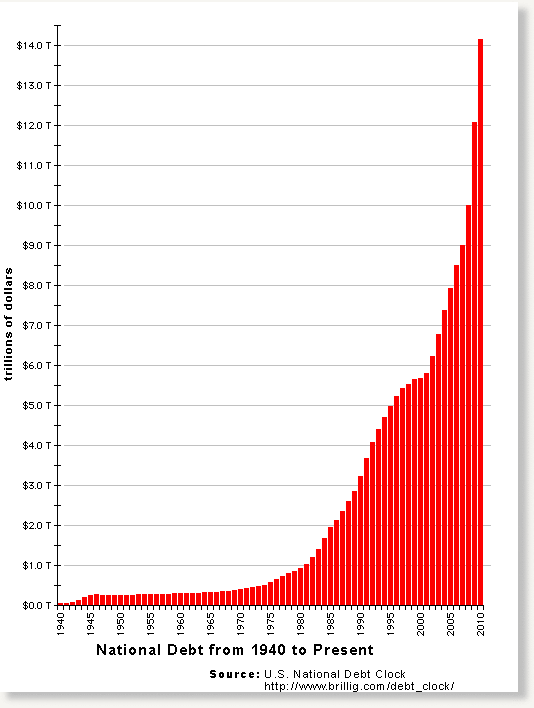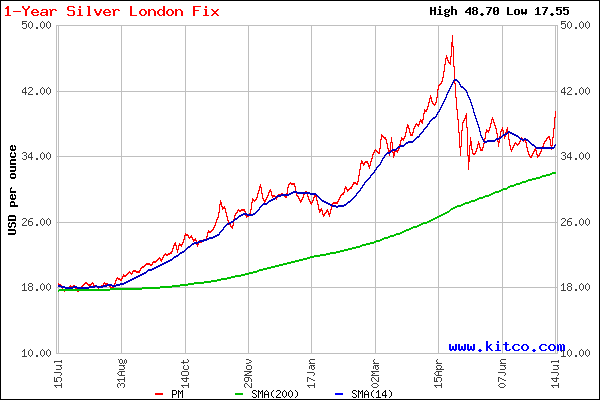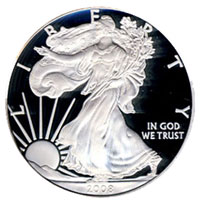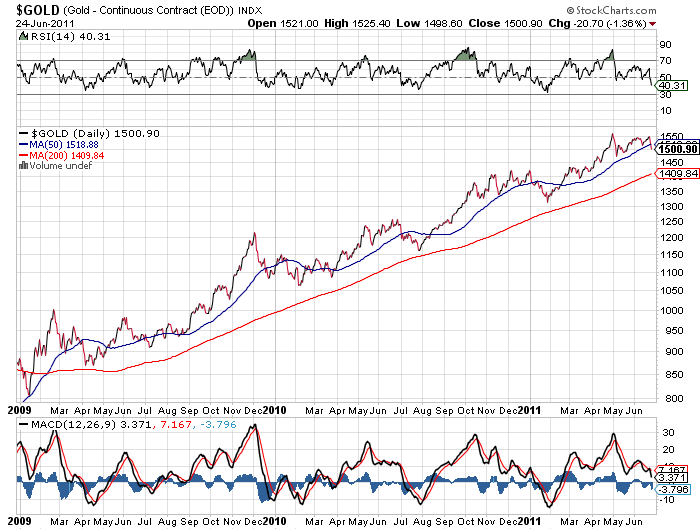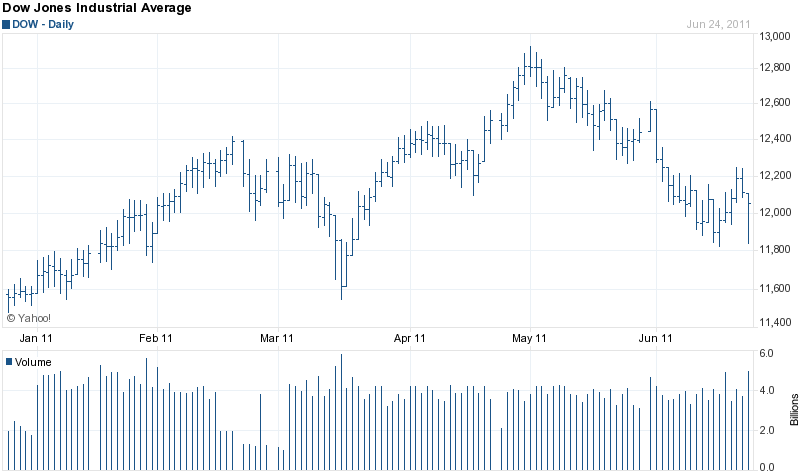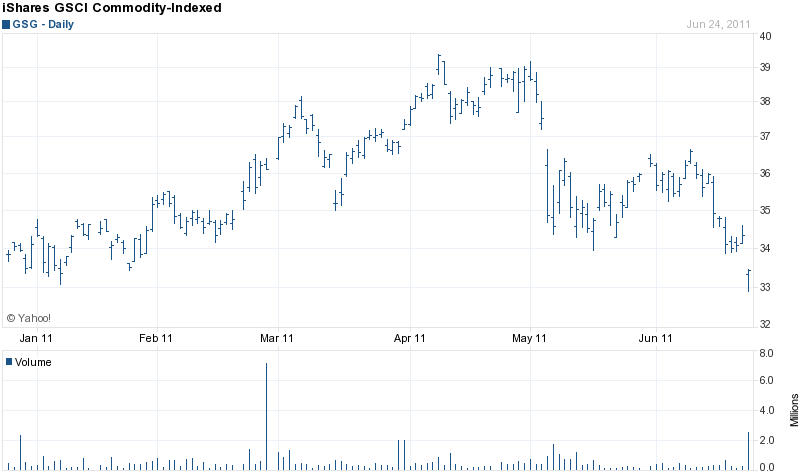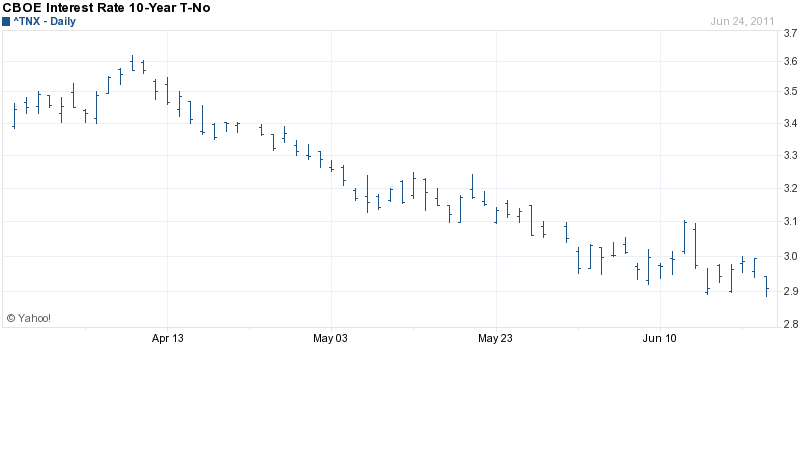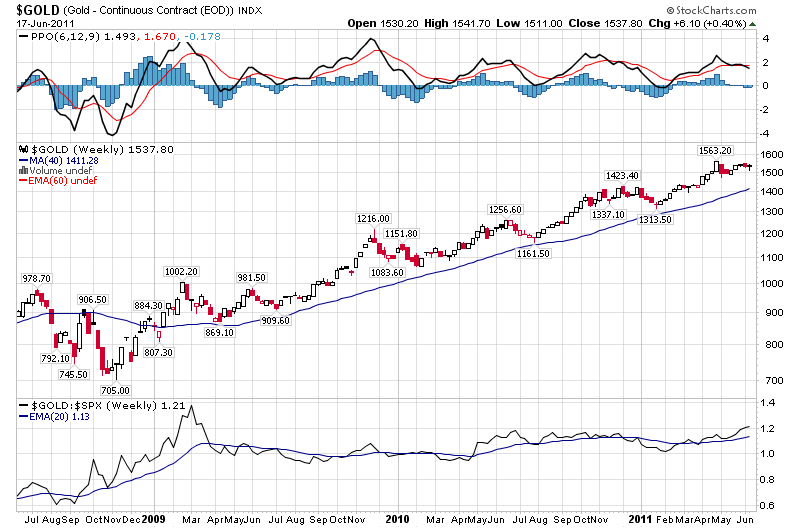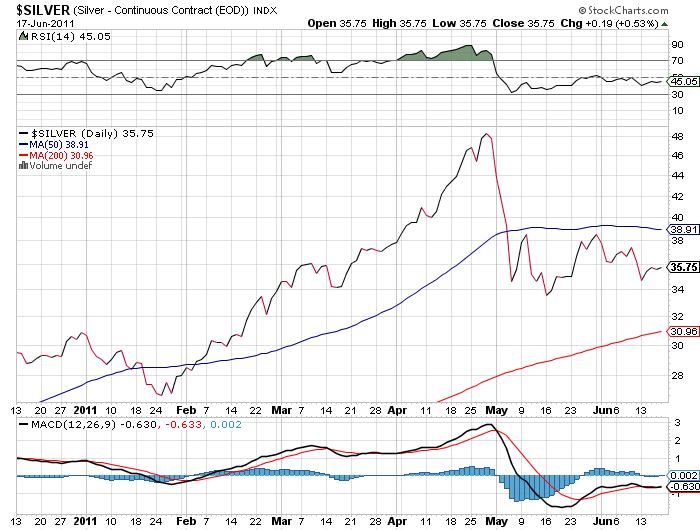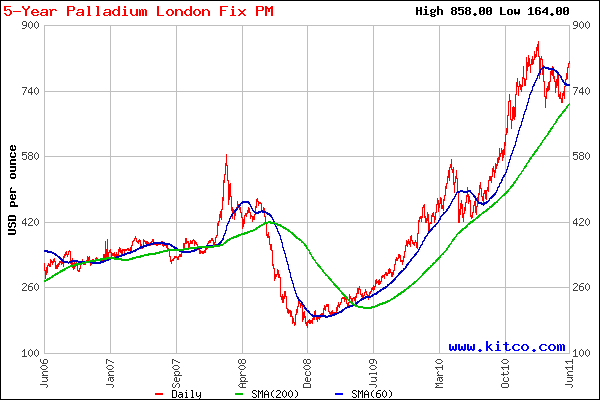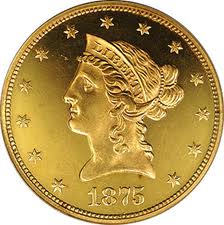 Precious metals soared across the board this week. The dismal jobs report released on Friday showed that the American economy has come to a standstill with zero new jobs added in August.
Precious metals soared across the board this week. The dismal jobs report released on Friday showed that the American economy has come to a standstill with zero new jobs added in August.
The specter of the US economy plunging back into recession along with imminent banking crises in Europe and the US have fueled speculation that the Federal Reserve is on the verge of conducting another massive wave of monetary stimulus which will further debase the value of the US dollar. Apprehension is also growing that the magical Obama plan for “creating” new jobs will involve further borrowing by an already bankrupt American empire.
Also lurking in the background is the fear of coordinated US and European central bank intervention (money printing) to contain the collapse of the European banking system. Despite the purchase of hundreds of billions of dollars of Spanish, Greek and Italian debt by the European Central Bank, rising interest rates are forecasting default by numerous sovereign states in the European Union. Rates are rising again on Italian debt and the rate on one year Greek paper now exceeds 70%. The yields on Greek debt indicate that default is now a certainty and the losses by insolvent European banks holding PIGS debt will require unprecedented government bailouts to prevent complete financial chaos.
Soaring gold prices have been predicting the collapse of paper money currencies. As measured by the closing London PM Fix Price, gold soared on Friday by $54.25 to $1,875.25. In later New York trading, gold continued higher closing at $1,885.20. Gold is only $2.25 below the all time London close of $1,877.50 reached on August 22nd.
| Precious Metals Prices | Sept 2 | ||
| PM Fix | Since Last Recap | ||
| Gold | $1,875.25 | +87.25 | +4.88% |
| Silver | $42.50 | +1.44 | +3.51% |
| Platinum | $1,873.00 | +61.00 | +3.37% |
| Palladium | $785.00 | +38.00 | +5.09% |
As measured by the closing London PM Fix Price, silver gained $1.44 on the week to $42.50 and continued to rise in later New York trading to $43.35. After consolidating in the $34 range, silver has resumed its uptrend and is likely to hit new all time highs before year end.
Platinum soared by $61 on the week to close at $1,873 while palladium finished up $38 to close at $785.
Precious metals may correct after strong advances, but the fundamental case for owning them is growing geometrically. Expanding deficits and wild money printing will continue as policy makers continue their futile attempts to produce economic recovery by adding more debt to a system already collapsing from the burden of excessive debt. Continue to increase gold and silver positions on any pullbacks.







